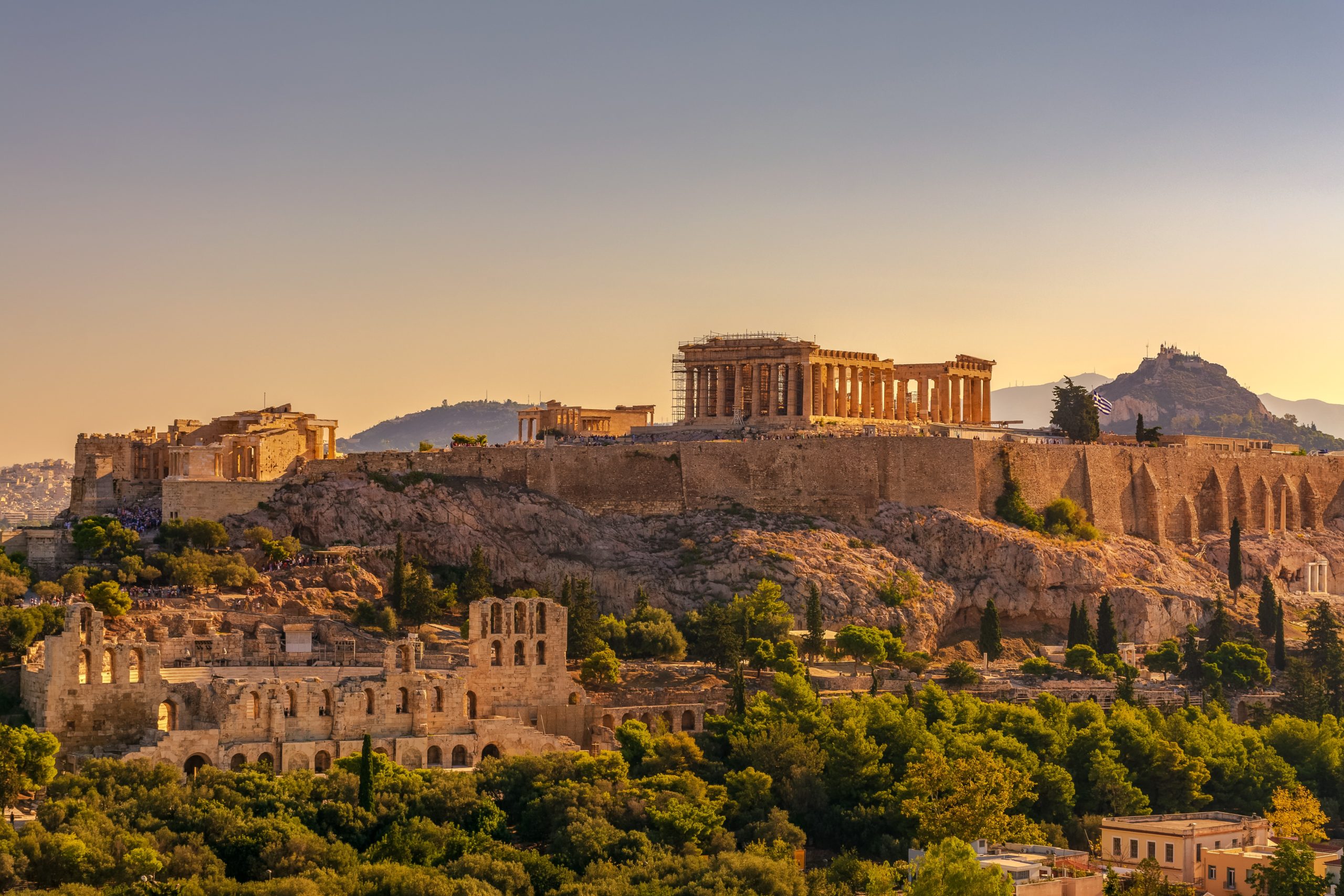14. Study Questions Copy
They needed to be quick to build and largely uniform, although some were temporary and some permanent. They were constructed in strategic positions that were defensible. They were set above earth ramparts, usually near a city, or with settlements that grew up around them to provide food and other services.
Forts varied in design according to its function, and those in areas of possible rebellion would have been larger, made of stone not timber and would have needed to be defensible against a sustained attack.
In areas of relative peace, the military may have acted as no more than police/customs/peacekeepers. In more troublesome areas, often on the northern frontier, the army would have been a much more aggressive and visible presence.
Imperial intervention continues even two centuries after Britain was conquered. There is a brief succession from central control in the late third century when a Gallic empire, consisting of Britain, Spain and Gaul was set up, but Rome regained control soon afterwards. A few years later, a usurper tries to seize control of Britain but again control is regained.
The Romans withdrew from Britain in 410 as the legions were needed to defend Rome from attacks in other parts of the empire.

